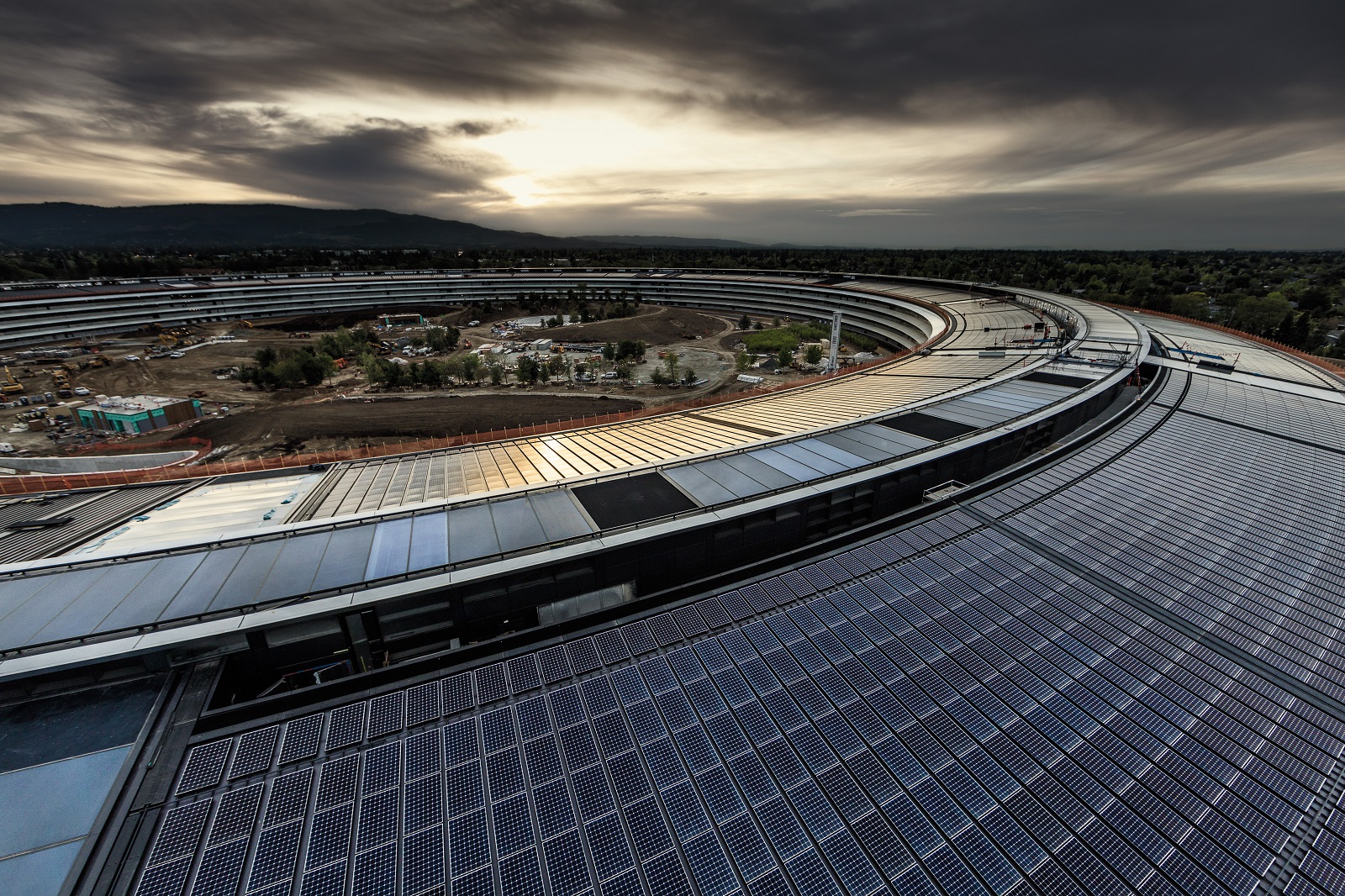ALUMINUM – THE BRIDGE BETWEEN TECHNOLOGY AND ART IN ARCHITECTURE
Architecture has always been more than building shelters—it is the art of shaping spaces that inspire, protect, and endure. Modern architecture, however, faces new challenges: how to create structures that are not only functional but also sustainable, aesthetic, and technologically advanced. Aluminum, with its unique properties, has become the perfect bridge between technology and art in architecture.
Aluminum as a Technological Material
-
Lightweight but Strong
Aluminum offers an exceptional strength-to-weight ratio, allowing architects to design ambitious structures without overloading foundations. -
Durability and Corrosion Resistance
Naturally protected by its oxide layer, aluminum withstands harsh climates, making it ideal for coastal cities and modern skyscrapers. -
Adaptability in Construction
From curtain walls and roofing systems to interior frames, aluminum can be shaped into almost any design, supporting the most innovative architectural visions.
Aluminum as an Artistic Medium
-
Versatility in Design
Aluminum allows fluid, modern, and unconventional shapes. From curved facades to minimalist interiors, it transforms architectural imagination into reality. -
Surface Treatments and Finishes
Through anodizing, powder coating, or texturing, aluminum can take on endless colors and effects, enhancing both elegance and creativity. -
Integration with Light and Glass
Aluminum blends seamlessly with glass, LED systems, and daylighting, creating bright, open spaces that celebrate transparency and modern beauty.
Sustainability – Where Technology Meets Art
One of aluminum’s greatest contributions to architecture is its role in sustainable design. Being endlessly recyclable without loss of quality, aluminum reduces the carbon footprint of buildings. Paired with modern energy-saving systems, it allows architecture to balance environmental responsibility with artistic expression.
Iconic Examples Worldwide
- The Louvre Pyramid (Paris, France): Aluminum frames provide lightness and strength to the glass pyramid, making it an iconic blend of modern design and historical context.
- Burj Khalifa (Dubai, UAE): The world’s tallest building relies heavily on aluminum in its curtain wall system, combining technological innovation with stunning aesthetics.
- Apple Park (California, USA): With its seamless aluminum panels, Apple’s headquarters demonstrates how minimalism and technology meet through architectural design.
Conclusion
Aluminum is more than a construction material—it is the bridge between engineering precision and artistic creativity. As architecture continues to evolve, aluminum will remain a symbol of innovation, sustainability, and timeless beauty.
 Email: info@ckda.vn
Email: info@ckda.vn 1900 988 932
1900 988 932















